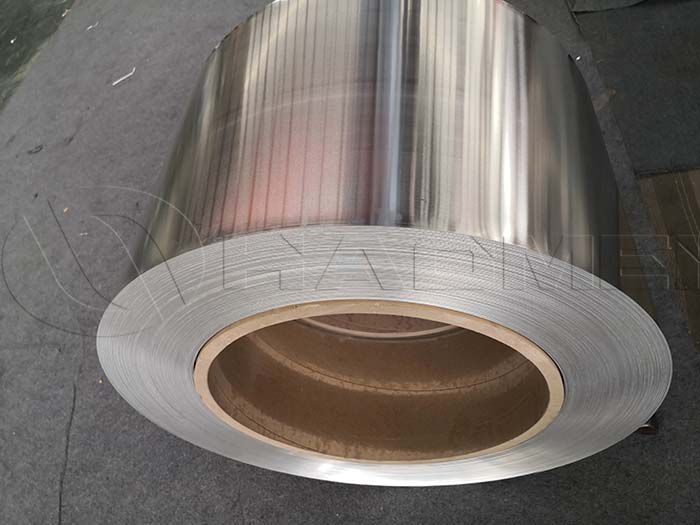40mm Aluminium Strip in Building Decoration
40mm aluminum strip is highly valued for its light weight, ease of processing and environmental friendliness. Its main advantage is that aluminum has a high weight-to-strength ratio, which makes it very applicable in construction. It is also fire resistant and has many other properties that make it safer than other building materials. With the continuous advancement of aluminum surface treatment technology, aluminum presents various metallic luster and colors.
Another property of aluminum that makes it indispensable in modern architecture is its durability. Aluminum naturally has excellent corrosion resistance, which can be strengthened by the anodizing. It is very weather resistant and can handle harsh climates that can adversely affect other materials. It makes maintaining buildings easier.

Aluminum strips were used early in architectural decoration because they were easily formed and polished. It is often seen in the roofing, gutters, ceiling and other ornamentation. It can come in a variety of finishes and colors. 5052 aluminum strip is often used for this application.
What is anodizing and why do architects love it?
Anodizing is an electrochemical process that alters the surface of metals to give them a durable, corrosion-resistant finish. This protective layer is formed by anodizing, which is actually part of the metal itself rather than just a surface coating, meaning it is more durable and attractive. Due to the special characteristics of aluminum, it is one of the materials suitable for anodizing.
Whether it is sulfuric acid, chrome, or hard coat anodizing, aluminum with anodic coatings can be found in a variety of architectural applications. Anodized aluminum strip will not chip or flake, is highly scratch-resistant, and is highly resistant to corrosion, even when exposed to salt water or harsh sunlight.
Key elements of green building
With the increasing demand for environmentally friendly and sustainable solutions across industries, green building techniques are increasingly favored by architects. Aluminum alloys have many environmental functions due to their unique properties.
Firstly, aluminum is highly recyclable and retains its properties during recycling. Secondly, secondary aluminum production requires significantly less energy than mined aluminum ore. Aluminum finishing strip's light weight and formability positively impacts the entire construction process.
Aluminum is easy to transport, easy to process with less waste, making not only the finished building but the construction process more efficient. This means that choosing modern aluminum alloys can reduce greenhouse gas emissions, use less energy and water, and reduce waste that ends up in landfill.
Original source: https://www.aluminumstrip24.com/news/40mm-aluminium-strip-in-building-decoration.html
Tags: flat aluminium strip,
Previous: 1060 3003 Aluminum Nose Bridge Strips
Next: Aluminum Brush Strip for Sale


